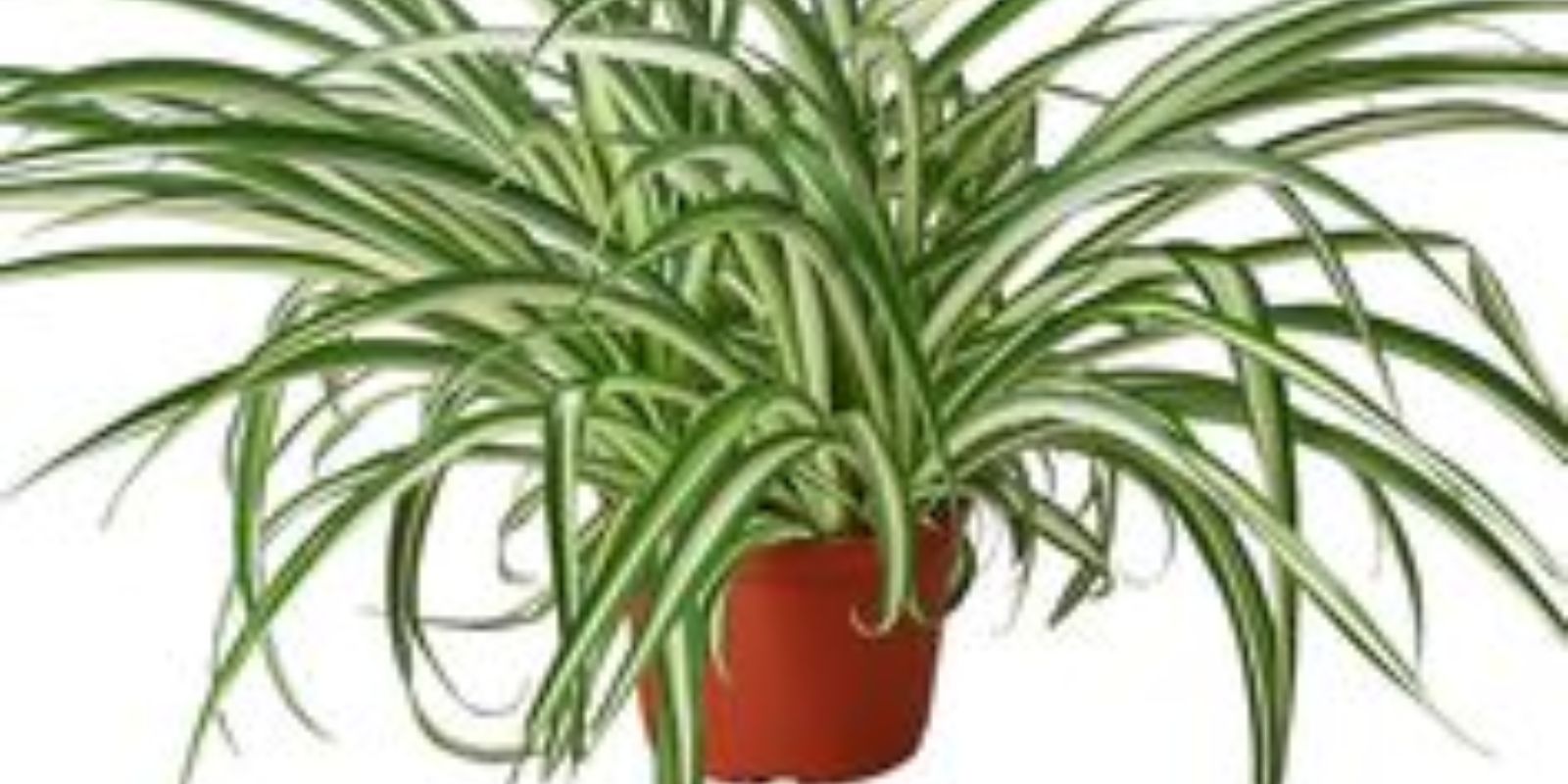Introduction
Spider plants (Chlorophytum comosum) are more than just decorative houseplants—they are natural allies for improving indoor air quality and enhancing the aesthetics of any space. This article explores the multifaceted benefits of spider plants, from their air-purifying abilities to their easy care and propagation techniques. Whether you’re a seasoned plant enthusiast or new to indoor gardening, understanding the advantages of having spider plants in your home can elevate your living environment to new heights of health and beauty.
Understanding the Spider Plant
Spider plants are characterized by their long, slender leaves that arch and cascade elegantly from the center of the plant. They are known for their resilience and adaptability, making them popular choices for indoor gardens, offices, and even hanging baskets. Here’s why spider plants are revered as more than just green decor:
- Air-Purifying Qualities: Spider plants are effective at removing harmful toxins from indoor air, including formaldehyde, xylene, and carbon monoxide. Their ability to absorb and neutralize pollutants makes them valuable additions to any indoor environment.
- Low Maintenance: These plants are relatively easy to care for, requiring moderate watering and indirect light. Their robust nature and forgiving care requirements make them ideal for both novice and experienced gardeners alike.
- Safe for Pets and Children: Spider plants are non-toxic and safe to have around pets and young children, providing peace of mind for households concerned about plant safety.
Benefits of Having Spider Plants Indoors
Let’s delve into the specific benefits that spider plants offer when cultivated indoors:
1. Air Purification
Indoor air quality can be significantly improved by placing spider plants strategically throughout your home or office:
- Toxin Removal: Spider plants excel at absorbing formaldehyde, a common indoor pollutant found in furniture, carpets, and household cleaners.
- Enhanced Breathing Environment: Cleaner air contributes to better respiratory health and reduces the risk of allergies and respiratory issues.
2. Aesthetic Appeal
Beyond their air-purifying benefits, spider plants add a touch of natural beauty to any indoor space:
- Versatile Decor: Whether displayed in hanging baskets, on shelves, or as part of a green corner, spider plants enhance the visual appeal of interiors with their lush foliage.
- Natural Elegance: The arching leaves of spider plants create a graceful and calming atmosphere, perfect for creating a relaxing indoor oasis.
3. Easy Care and Maintenance
Caring for spider plants is straightforward, making them suitable for busy lifestyles:
- Light Requirements: Place spider plants in locations with bright, indirect light. They can also tolerate moderate shade.
- Watering Needs: Water spider plants when the top inch of soil feels dry, ensuring not to overwater to avoid root rot.
- Temperature and Humidity: Spider plants thrive in average room temperatures and moderate humidity levels, making them adaptable to most indoor environments.
4. Propagation and Expansion
Spider plants are prolific in producing offsets or “pups,” making propagation a simple and rewarding process:
- Propagation Methods: Separate the offshoots from the parent plant and replant them in new pots with well-draining soil.
- Sharing and Gifting: Propagated spider plant pups can be shared with friends and family, spreading the joy of indoor gardening.
Practical Tips for Spider Plant Care
To ensure your spider plants thrive indoors, consider these practical tips:
- Container Selection: Choose pots with drainage holes to prevent waterlogging.
- Fertilization: Feed spider plants with a balanced houseplant fertilizer once a month during the growing season to support healthy growth.
- Pest Control: Monitor for common pests like spider mites and aphids. Treat infestations promptly with natural or organic pest control methods.
Personal and Environmental Benefits
Beyond the immediate benefits to indoor air quality and aesthetics, cultivating spider plants offers additional advantages:
- Educational Opportunities: Teaching children or newcomers about spider plant care promotes environmental awareness and appreciation for indoor gardening.
- Stress Reduction: Interacting with indoor plants like spider plants has been shown to reduce stress levels and improve overall well-being.
- Sustainable Living: Growing spider plants supports sustainable living practices by reducing the need for synthetic air purifiers and enhancing indoor greenery.
Conclusion
Incorporating spider plants into your indoor environment not only enhances the visual appeal but also contributes to healthier indoor air quality and sustainable living. Whether you’re looking to improve your home’s ambiance, create a more breathable workspace, or simply enjoy the therapeutic benefits of indoor gardening, spider plants are versatile allies that deliver beauty and functionality. Embrace the joys of cultivating spider plants and discover firsthand the transformative power of nature within your living spaces.
Join the growing community of spider plant enthusiasts and explore the endless possibilities of indoor gardening with these resilient and beneficial plants. Your journey to a greener, healthier indoor environment begins with a spider plant—your natural ally indoors. Happy planting!

